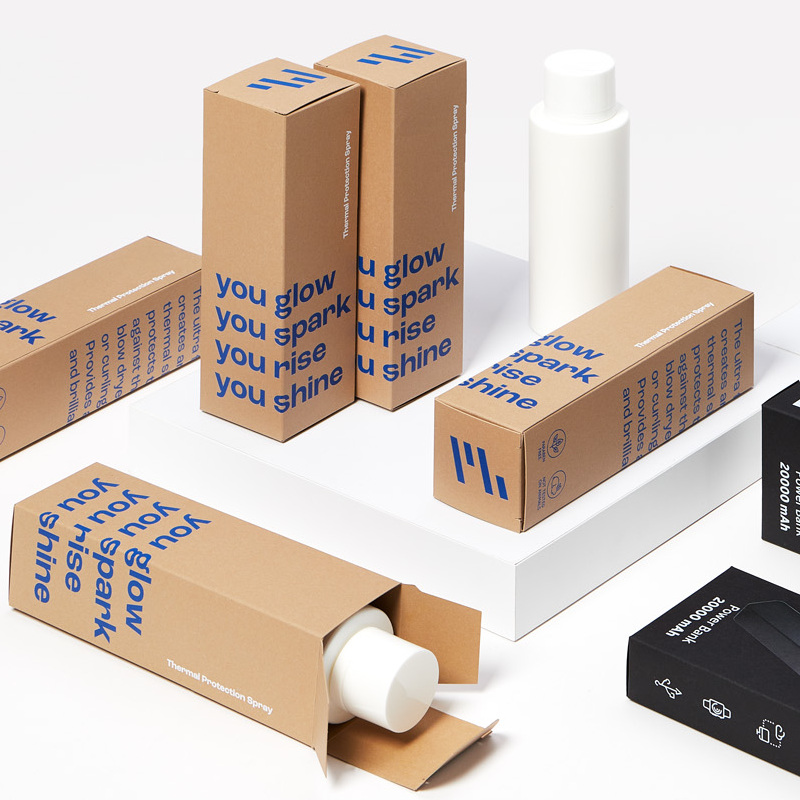The Art of Wrapping Paper More Than Just Gift Presentation
When we think of gift-giving, our minds often drift to the contents of the box—the carefully chosen item that reflects our affection and thoughtfulness. However, the wrapper, often overlooked, plays a pivotal role in the entire gifting experience. Wrapping paper is not merely a protective covering; it is an artistic expression that can convey emotions, set the tone of the occasion, and create anticipation.
The Aesthetics of Wrapping Paper
Wrapping paper comes in a variety of colors, patterns, and textures, each offering a unique aesthetic appeal. From whimsical designs featuring cartoon characters for children's gifts to elegant floral patterns for bridal showers, the choice of wrapping paper can enhance the overall presentation of the gift. The smooth sheen of metallic paper contrasts sharply with the rustic charm of brown kraft paper, allowing gift-givers to tailor their choices to the personality of the recipient.
In recent years, the trend of personalized wrapping paper has gained momentum. Custom designs that feature the recipient's name, favorite colors, or even personal photos add an intimate touch to the gifting process. Such unique choices not only heighten excitement but also extend the sentiment of the gift beyond its contents.
Cultural Significance of Wrapping Paper
Wrapping paper is rooted in cultural traditions around the globe. In Japan, the practice of wrapping gifts, known as furoshiki, is an art form that employs beautifully patterned cloth to create a stunning presentation. The fabric can be reused multiple times, promoting sustainability and the value of environmentally-friendly gifting practices. This tradition emphasizes not only the physical beauty of the wrapping but also the importance of the act itself—considering the environment and the recipient's appreciation.
Similarly, in many Western cultures, the excitement of tearing through vibrant wrapping paper has become synonymous with the joy of giving and receiving. Birthdays, holidays, and special occasions are all celebrated with paper that glistens with promise. The ritual of unwrapping is often as meaningful as the gift itself, as it builds anticipation and enhances emotional engagement.
wrapping paper

The Environmental Impact of Wrapping Paper
As we become more aware of environmental issues, the conversation around gift-wrapping has shifted. Traditional wrapping paper is often made from non-recyclable materials and can contribute to significant waste. Many people are now opting for eco-friendly alternatives. Reusable fabric wraps, newspaper, and recycled paper are just a few of the options that minimize our ecological footprint.
Moreover, the trend of “gift bags” is gaining popularity, as they are sturdy, reusable, and often come adorned with handles and decorative touches. The movement toward sustainable practices in wrapping reinforces a growing consciousness about the impact of our choices on the environment.
Creative Wrapping Techniques
In addition to the materials used, the technique of wrapping can also transform a simple gift into a masterpiece. Creative approaches, such as the Japanese art of origami, can turn plain wrapping paper into an intricate design. There is also the option of using embellishments, such as ribbons, twine, or dried flowers, to add a handcrafted touch that speaks volumes of the giver’s effort and care.
Furthermore, upcycling old calendars, maps, or magazines into wrapping paper infuses creativity into gift-giving while promoting the idea of reusing materials. These personalized touches can tell a story, representing memories shared between the giver and the recipient.
Conclusion
As we celebrate occasions with gifts, let us not forget the critical role of wrapping paper. It is an art form that enhances the experience of giving and receiving. By choosing beautiful and meaningful coverings, we elevate our gifts, make memories, and engage in sustainable practices that respect our environment. The next time you wrap a gift, remember that it is not just about concealing what’s inside; it’s about creating an experience that cherishes the moment and the bond shared with those we love.



